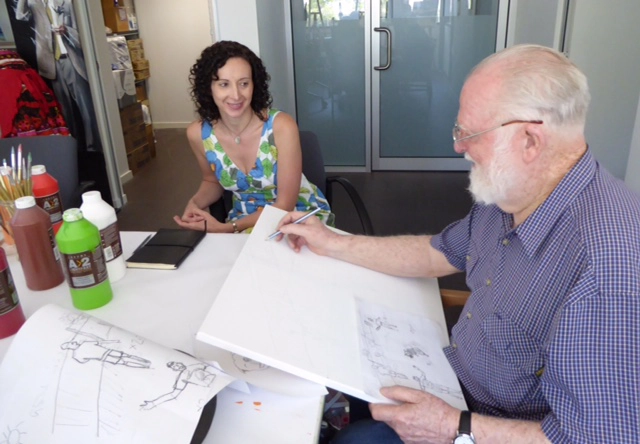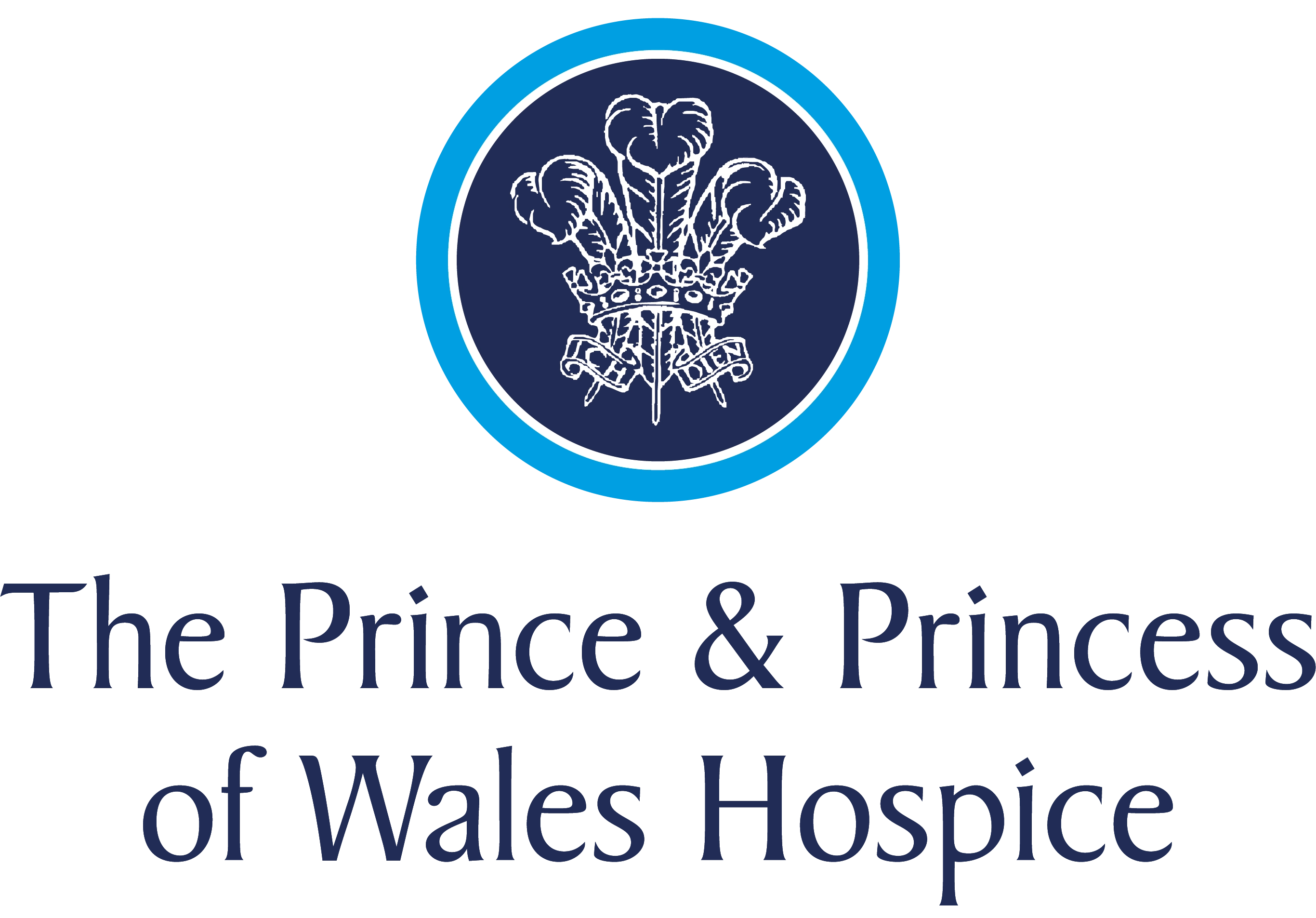
Hospice artist Sharon Goodlet was awarded a prestigious Winston Churchill Travel Fellowship to travel to Australia and the USA to explore models of best practice in visual art programs and creative aging.
In November 2016, Sharon joined the art team at the hospice. The art room offers participants, whether patients, family members, or caregivers, opportunities to develop a creative practice during a difficult and anxious time in life. Meaningful engagement in the visual arts has been shown to improve the quality of life for patients, promoting their health and well-being while reducing depression, anxiety, and social isolation.
A graduate of the Glasgow School of Art, Sharon has a background in fine art with more than 17 years of experience delivering visual art programs in hospitals, care homes, and community settings.
The Winston Churchill Memorial Trust was established following Sir Winston Churchill’s death, with public donations creating a living memorial to benefit future generations of British people. With the motto “Travel to learn – return to inspire,” the Trust funds UK citizens to investigate inspiring practices in other countries and return with innovative ideas to benefit people across the UK.
Sharon traveled to Australia, visiting Sydney, Melbourne, and Canberra in November and December 2015, and New York in March and April 2016. The aim of her Fellowship was to gain insight into how older people successfully access and participate in the visual arts and to learn about approaches to working with older individuals.
She met with artists and facilitators delivering programs in various health and community settings, including hospitals, care homes, supported housing, museums, and galleries. She observed how they successfully engaged older people who might otherwise be unable to access or benefit from the visual arts due to health issues or age-related conditions.
In New York, Sharon visited three of the Creative Center’s artist-in-residence programs at Mount Sinai West Hospital, specifically in outpatient chemotherapy, inpatient oncology, and the oncology radiotherapy departments. The Creative Center’s ethos, “Medicine cures the body, but art heals the spirit,” emphasizes that beyond providing relief and distraction from anxiety, pain, and boredom, the art program allows patients to become absorbed in the creative process. Patients and staff quickly discover that patients are more than their disease as they begin exploring art-making, sometimes for the first time in their lives.
A highlight of the trip was attending the Training Institute for Artists and Administrators in Healthcare and Creative Aging at University Settlement in New York. The week-long training focused on the role of the arts in healthcare and creative aging, providing approaches to implementing and sustaining high-quality arts programming in a variety of healthcare settings for older people. The week consisted of presentations and workshops by national and local leaders in the field, combined with visits to museums, galleries, and artists’ studios.
Sharon’s Fellowship report includes inspiring case studies demonstrating how older people successfully engage with and benefit from visual art programs and suggests approaches that could be replicated in the UK.
Sharon said: “The Travel Fellowship was an amazing opportunity to learn from and be inspired by arts-in-health professionals delivering quality visual art programs for older people. Although we are not only working with older people at the hospice, I have gained valuable knowledge and experience, which will feed into my current role in palliative care.
“Many of the best practices I learned about are already in place at the hospice, such as a person-centred approach delivered by experienced, professional artists, a designated art space, a range of quality art materials, as well as ongoing monitoring, evaluation, and sharing of best practices.
“The art room is currently developing an arts strategy that will align with the hospice’s five-year strategy. This strategy outlines ‘A commitment to maintaining high-quality arts provision and ongoing critical engagement with wider arts in health practice, as key to underpinning meaningful engagement for participants in a palliative care setting.’ Part of this strategy includes sharing best practices, making international connections, and establishing dialogue with others in this area of practice. I plan to build on the many connections made during my Fellowship and maintain the exchange of information, experience, and expertise.
“I’m delighted to have joined the hospice at an exciting time as it prepares to move to its state-of-the-art new premises in Bellahouston Park and expand the services to include young adults. We plan to develop the art room’s services by creating links to Glasgow’s cultural life and beyond through collaborations and exhibitions, sharing best practices through networking, conferences, and seminars, as well as contributing to research and evaluation. The knowledge, experience, and contacts gained from my Fellowship will only add to this potential.”
For more information on the art room at The Prince & Princess of Wales Hospice, visit The Hospice Art Room.
For further information on the Winston Churchill Travel Fellowship and how to apply, visit Winston Churchill Memorial Trust.






Share Article